Selected Projects
Soil Sensing and Nutrient management
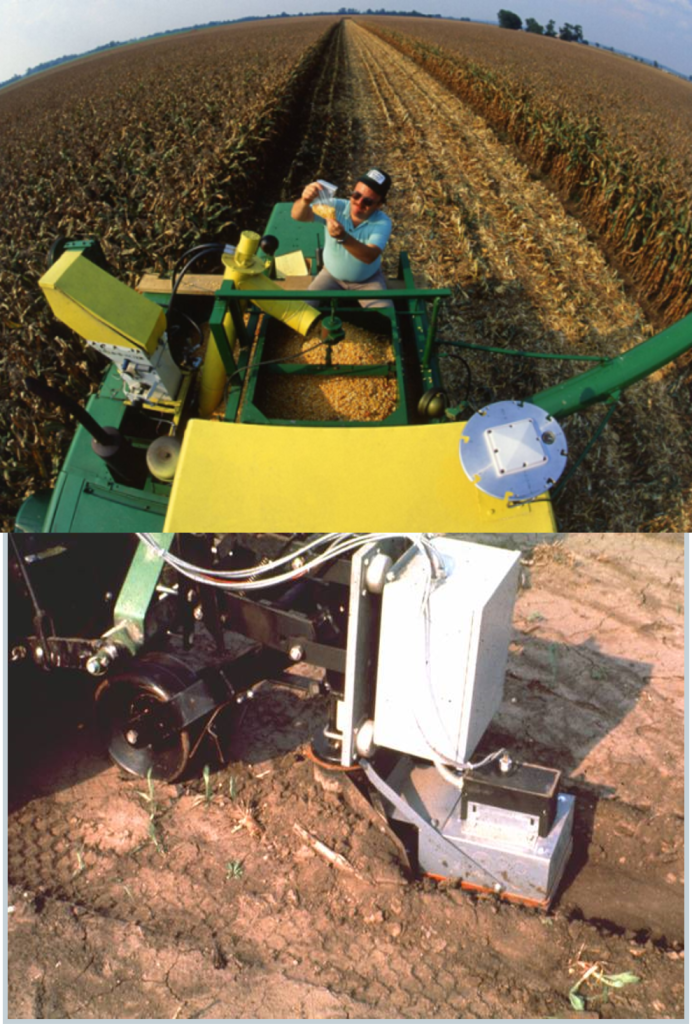
At the heart of our project is a commitment to revolutionizing precision agriculture. We are harnessing the power of advanced sensing technologies and decision support systems to drastically improve both productivity and sustainability in farming.
Our Approach:
- Smart Water Management: Utilizing soil electrical conductivity and moisture data for efficient water usage and better crop health.
- 3D Soil Modeling: Advanced models from dense sensor data offer in-depth soil analysis, aiding optimal crop growth.
- Innovative Smart Firmer Sensor: This tool predicts soil organic matter and measures key parameters like temperature and moisture.
- Spectral Scanning: Assessing various soil properties, including fertility, health, and texture, for comprehensive soil insights.
Complete Farm Digitalization
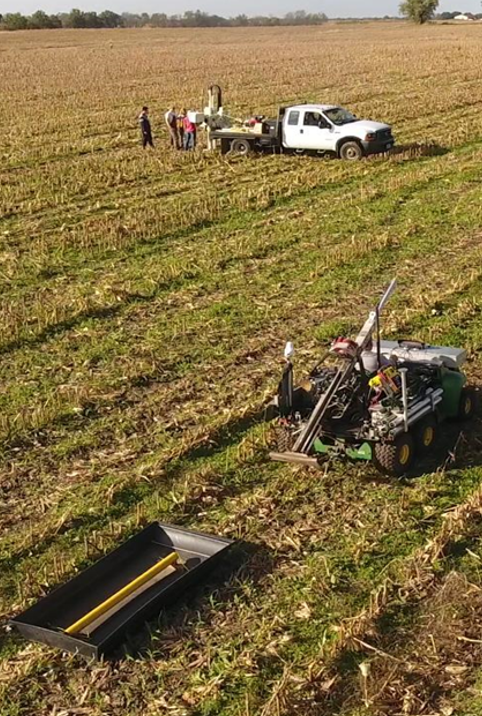
Our initiative is at the forefront of agricultural innovation, focusing on the complete digitization of large-scale farms. We’re integrating cutting-edge technology to create a detailed, accurate digital representation of the agricultural landscape.
Our Approach:
- Comprehensive Data Integration: We combine digital elevation models, soil electrical conductivity (EC), fertility, and health data for a complete soil analysis.
- Advanced Sensing Technologies: Utilizing smart ground-based sensors and state-of-the-art remote sensing suits, we gather extensive, precise data.
- High-Accuracy Topographic Models: Our models are enriched with data from RTK-integrated UAVs and ground surveying systems, offering unparalleled topographic accuracy.
Mapping Spatial Variability in Soybean Grain Quality
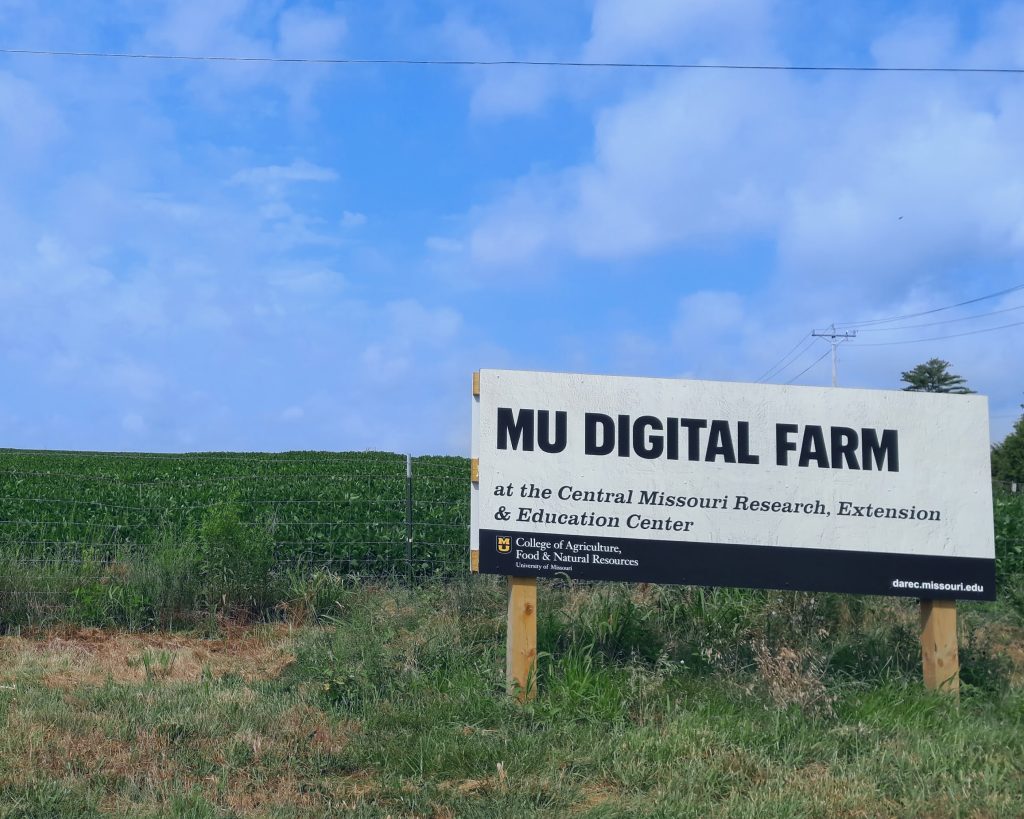
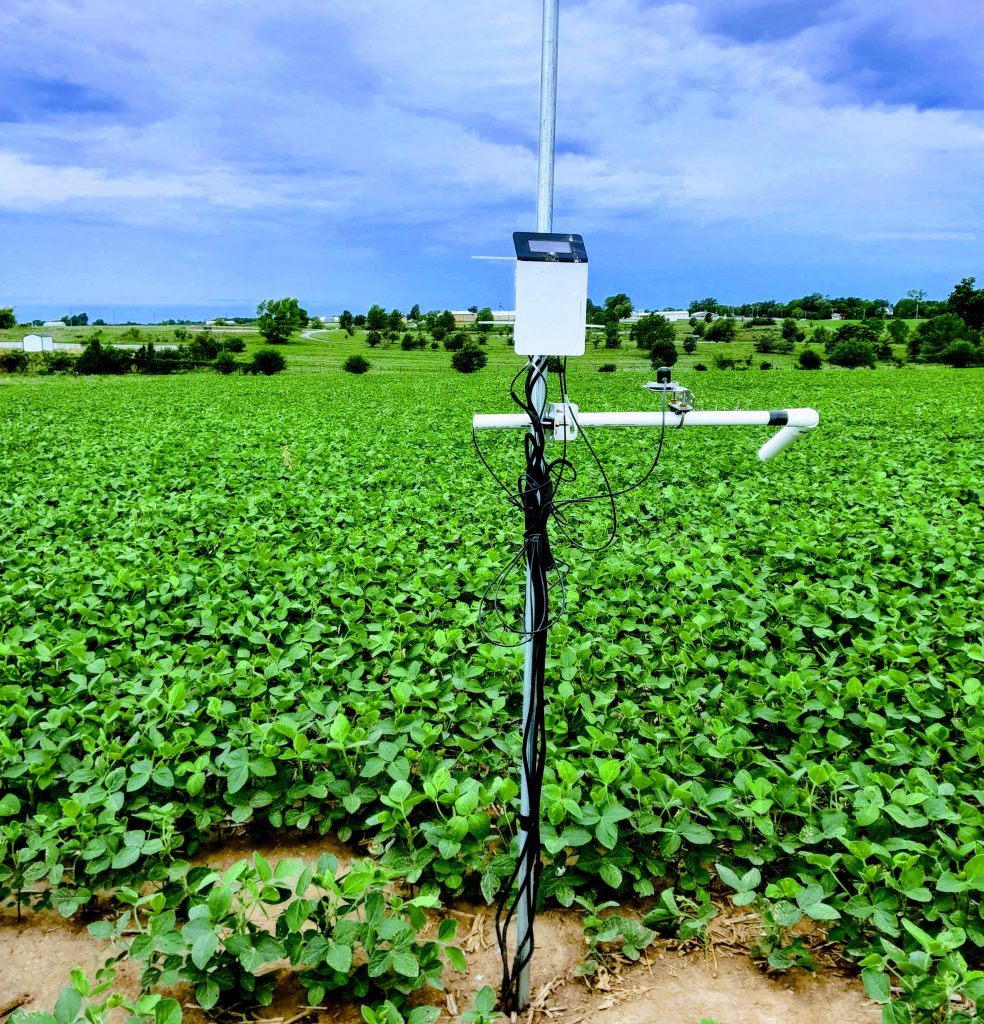
Soybean seed quality is a critical factor in both the livestock feed and biofuels industry, serving as a key driver for animal nutrition and clean energy production. Understanding the factors influencing variability in soybean becomes essential to farmers in optimizing site-specific management strategies that optimizes soybean quality and overall productivity.
Our research aims to characterization of spatial variability of soybean grain quality by integrating advanced sensing techniques to monitor environmental factors and crop traits that can help improve model prediction of spatial variation in soybean protein and oil concentrations, ultimately supporting precision agriculture strategies for enhanced decision-making.
Our Approach:
- Spatial Variability Mapping: Utilizing high-resolution remote sensing and soil data to assess spatial patterns in soybean protein and oil concentrations.
- Environmental Influence Analysis: Investigating the impact of soil health, topography, and moisture dynamics on soybean grain composition.
- Machine Learning Integration: Developing predictive models that combine environmental and crop data to improve site-specific management decisions.
UAV Swarm Management for Soybean Defoliation Monitoring
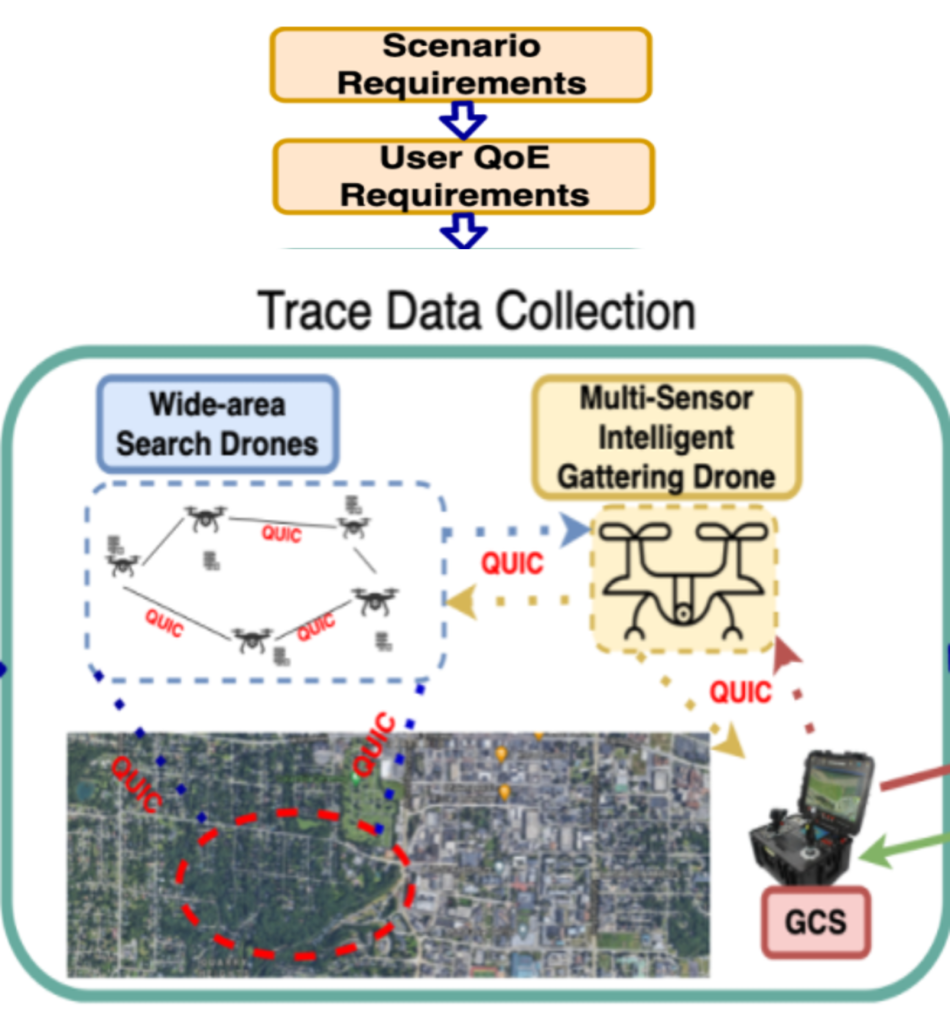
Our team is at the forefront of agricultural innovation, developing intelligent drone swarm technology for efficient and extensive crop scouting. We are redefining how fields are mapped and monitored, bringing precision and efficiency to farming practices.
Project Highlights:
- Long-Distance Field Mapping: Our UAVs can map entire fields from significant distances, offering comprehensive coverage.
- Smart Drone Coordination: We focus on creating a learning-based system for efficient task scheduling among large drone swarms in agricultural applications.
- Focused Soybean Defoliation Study: Utilizing a network of multiple UAVs and a central control system, we are advancing soybean defoliation modeling.
Innovating Ergonomic Tool Design with Digital Technology
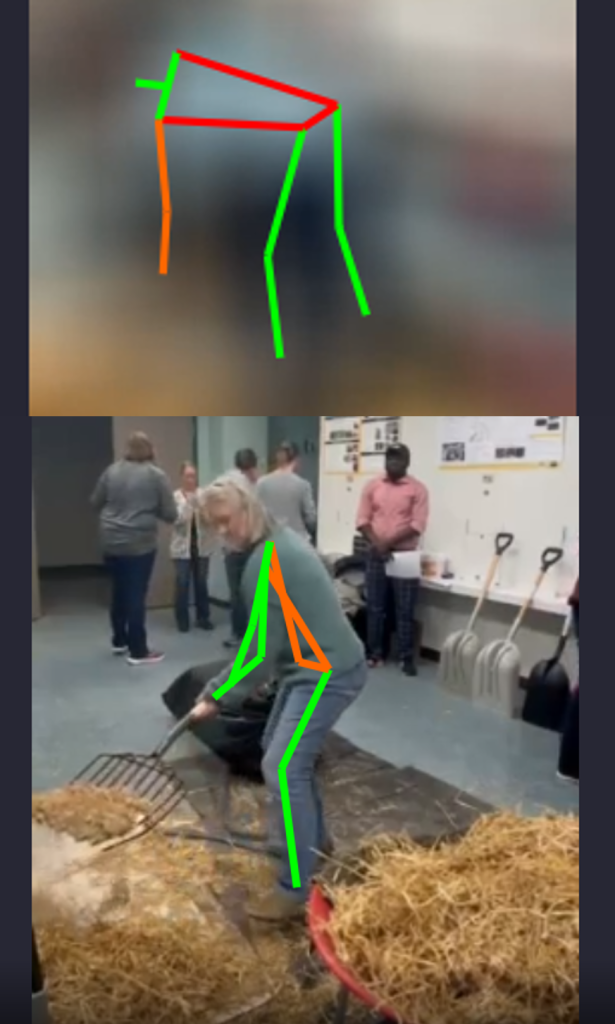
Welcome to our initiative for a safer, healthier farming future for the women who run nearly a third of American farms. We’re closing the gap with specially designed, ergonomic tools and educational initiatives. By harnessing smart technology, we’re tailoring farm equipment to fit women’s needs, backed by thorough research and real-world testing.
Project Highlights:
- Ergonomically Designed Tools: Recognizing the unique physical requirements of women farmers, we are developing ergonomic tools. These are not only adaptations of existing equipment but also new designs that consider factors like size, weight, and ease of use.
- Smart Technology Integration: At the heart of our project is the application of smart technology. We’re leveraging advanced systems, automation, and AI to create equipment that’s more intuitive and responsive to the needs of women in agriculture.
Automated Monitoring and Counting of Spotted Wing Drosophila Using Instance Segmentation
Project Overview:
Our project addresses a critical challenge in modern agriculture: the real-time, scalable detection and counting of Spotted Wing Drosophila (SWD), an invasive pest that significantly affects soft fruit production globally. Leveraging advanced instance segmentation and edge computing technologies, this solution aims to enhance pest management practices while minimizing human intervention and resource dependence.

Improving Soybean Production, Seed Quality, and Soil Health Using Digital Agriculture Technologies
This study focuses on using UAV-based remote sensing and digital soil mapping (DSM) to quantify soil health accurately and cost-effectively. Research was conducted in Bradford soybean fields, incorporating various precision agriculture technologies to assess soil fertility, cropping diversity, and landscape positions. The study integrates machine learning, geostatistics, and process-based modeling to enhance soil health assessments and optimize soybean production.
Project Highlights:
- Soil Health & Digital Agriculture
- Soil is a major factor in crop yield and grain quality.
- UAV-based remote sensing serves as a biosensor for digital soil mapping (DSM).
- Study Objectives & Methods
- Soil Health & Fertility Prediction Using geostatistical (EBK), machine learning (RF, GWR), and hybrid DSM (Regression Kriging) methods.
- Crop Growth & Soil Health Modeling incorporating time-series data (VIs, soil moisture, weather) into a process-based model with data assimilation (Ensemble Kalman Filter).
- Optimizing Soybean Production using multi-objective zone delineation for precision management.
This research provides a data-driven framework to improve soil health, optimize crop management, and enhance soybean yield quality through precision agriculture technologies.
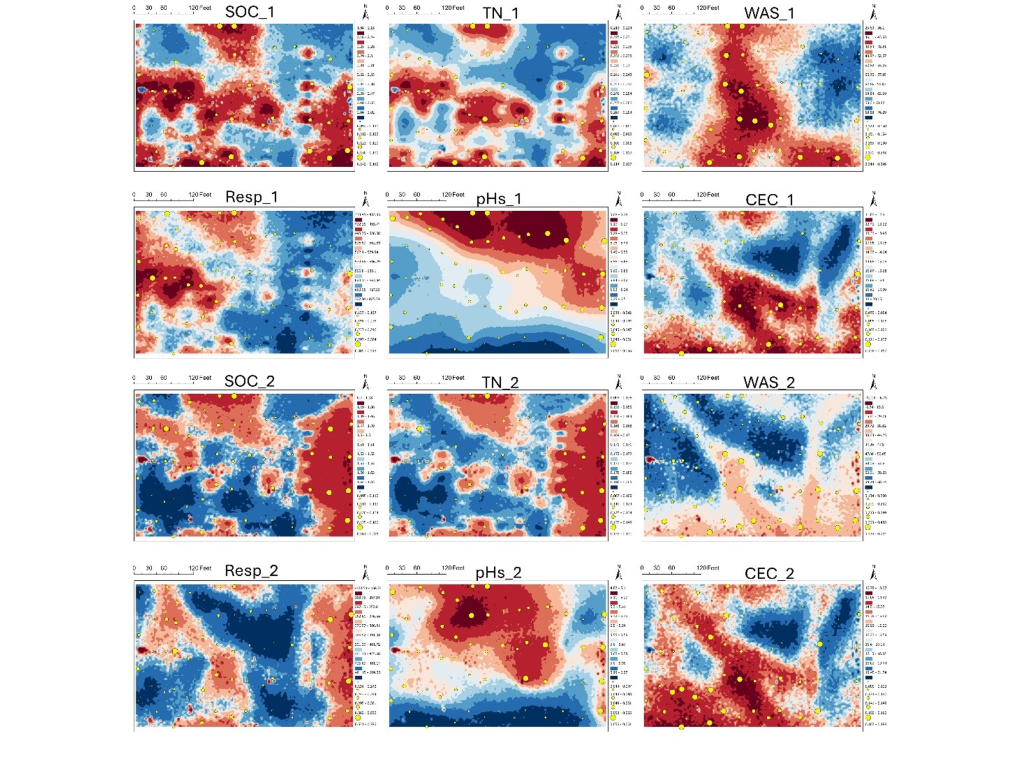
Automated Estrus Detection
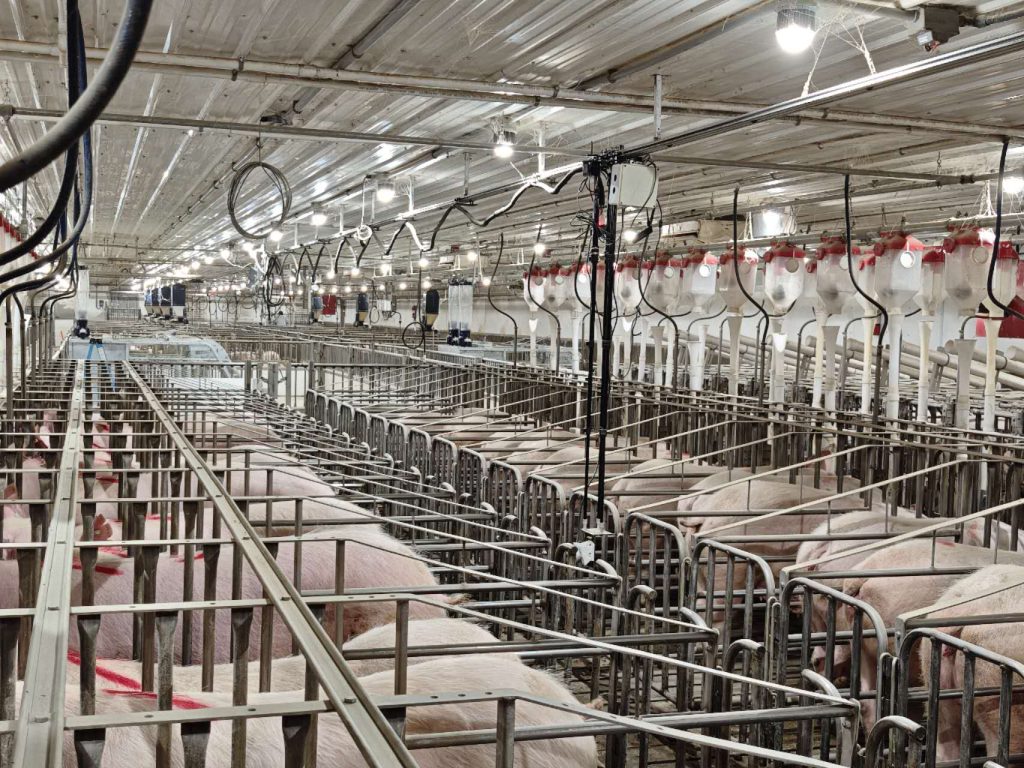
Our initiative is at the forefront of agricultural innovation, focusing on the automation of estrus detection in sows. By integrating advanced imaging and AI-driven analysis, we provide an efficient, cost-effective solution for livestock management.
Project Highlights:
- Smart Imaging System: A robotic scanner captures high-resolution images of sow posture and vulva for analysis.
- AI-Powered Analysis: Deep learning models predict estrus timing with high accuracy.
- Data-Driven Insights: Time-series analysis enables precise breeding decisions.
This technology reduces labor costs, enhances reproductive efficiency, and advances precision livestock farming.
AI-Driven Ag Solutions: Advancing Computational Pipelines and Sensor Technologies for Precision Farming
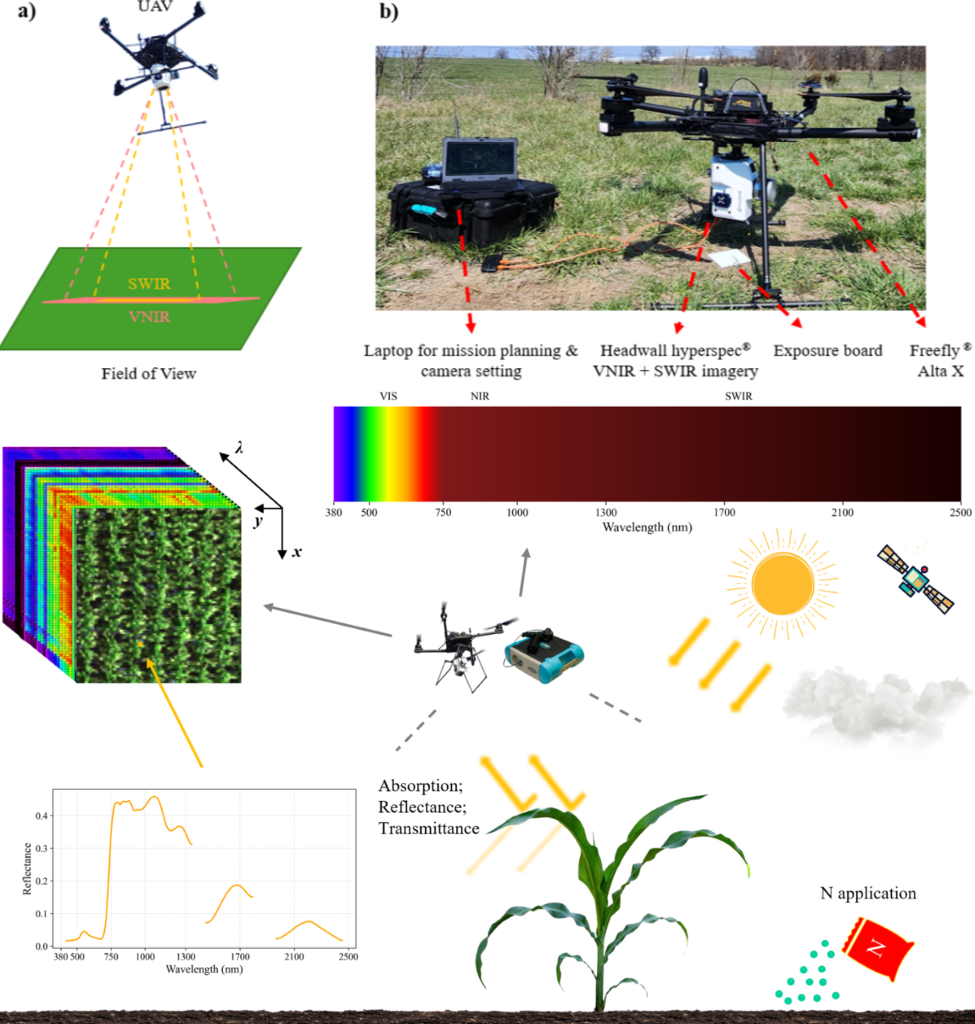
This research focuses on leveraging artificial intelligence (AI), machine learning, and advanced remote sensing techniques to enhance agricultural decision-making. The study integrates airborne multispectral and hyperspectral imaging, UAV-based data acquisition, and automated video analysis to address key challenges in crop monitoring, nitrogen status estimation, and field condition assessment.
Project Highlights:
- AI-Driven Crop Monitoring: Leveraging machine learning and deep learning for precision mapping of crop health, nitrogen status, and emergence patterns.
- Multispectral & Hyperspectral Imaging: Integrating VNIR-SWIR hyperspectral sensors and UAV-based multispectral imagery to estimate leaf chlorophyll and nitrogen content across field crops.
- Automation in Yield Assessment: Developing an automated video-based system for counting and estimating corn ear and kernel morphological parameters at harvest.
- Multi-Year Predictive Modeling: Utilizing historical data and machine learning to forecast cotton emergence rates under varying soil and environmental conditions.